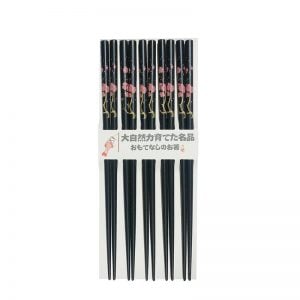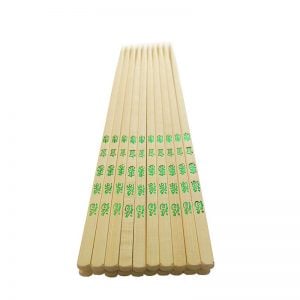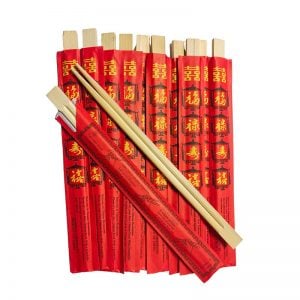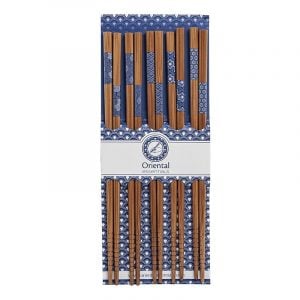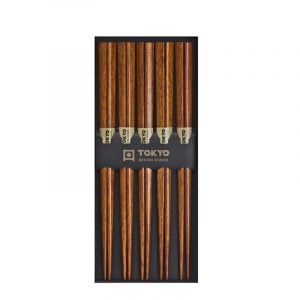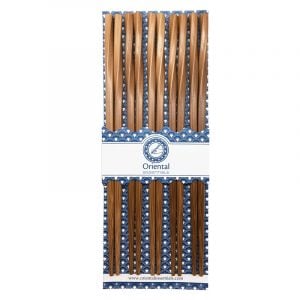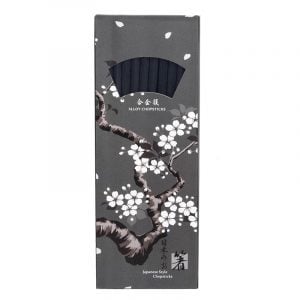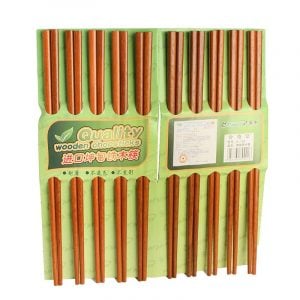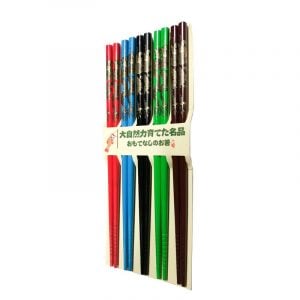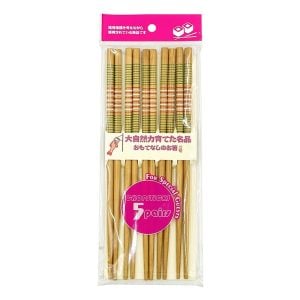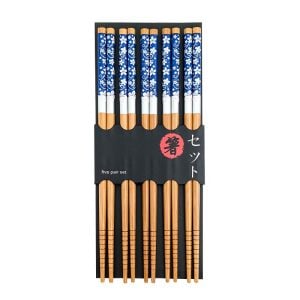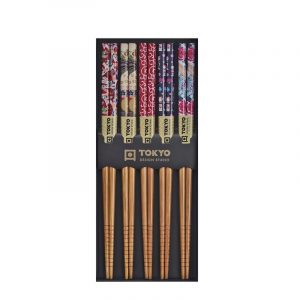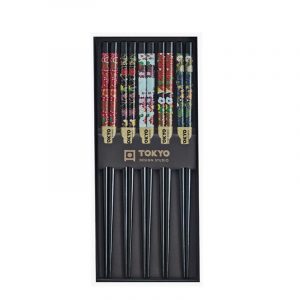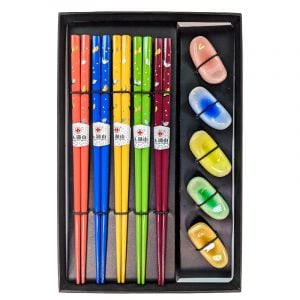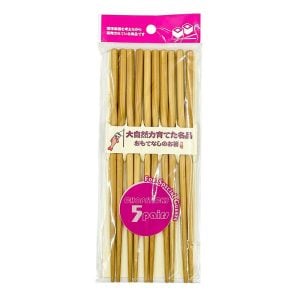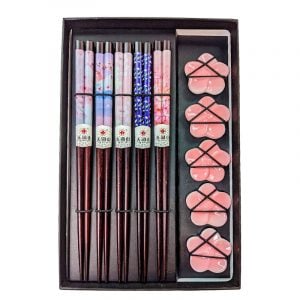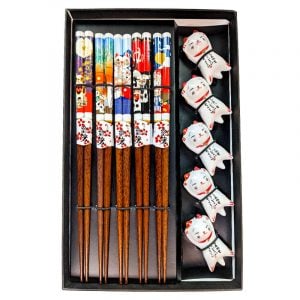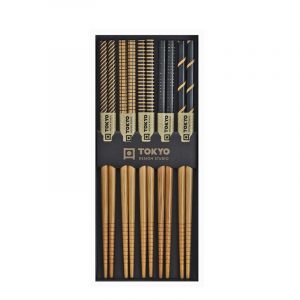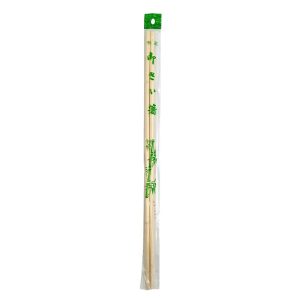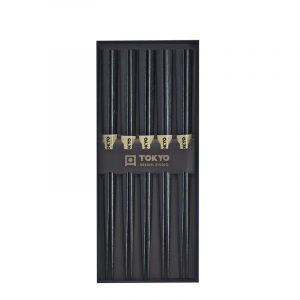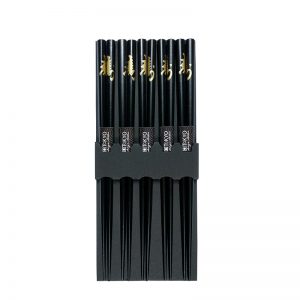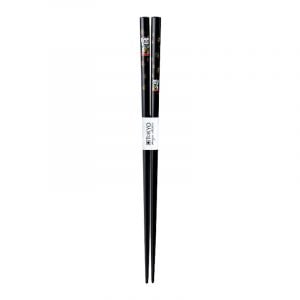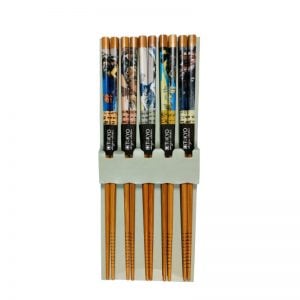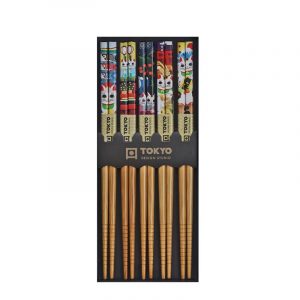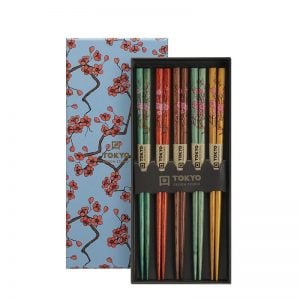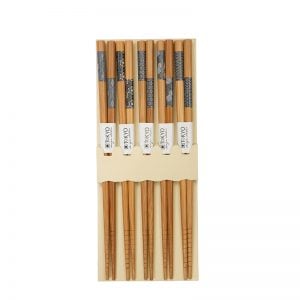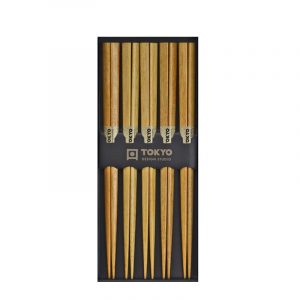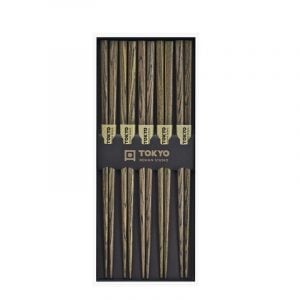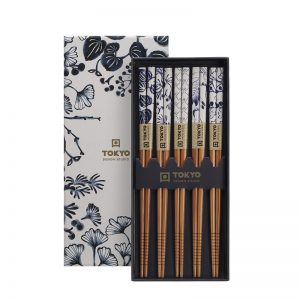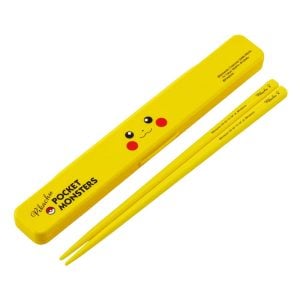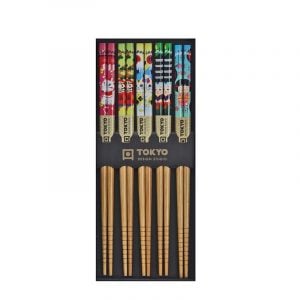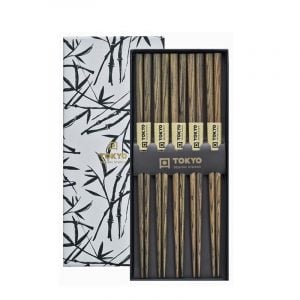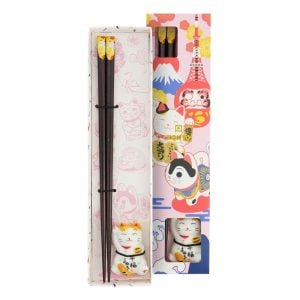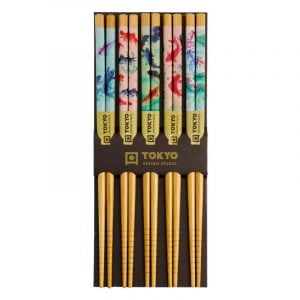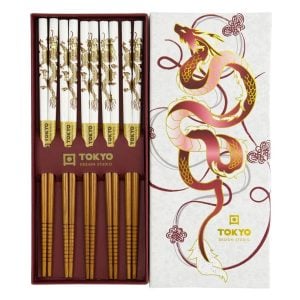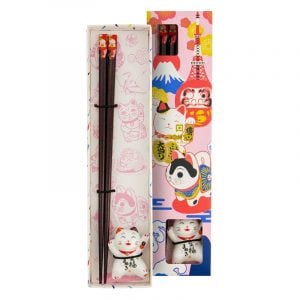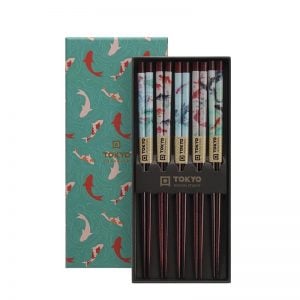Visar 1–40 av 45 resultatSortera efter popularitet
-
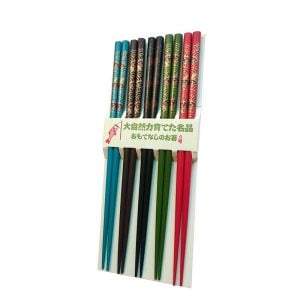 Bästaval
BästavalÄtpinnar Japansk Stil 5 par
109,99 kr -

Svarta Chopsticks Körsbärsblom 5 par
109,99 kr -

Långa ätpinnar, Bambu 10-par
59,99 kr -

Chopsticks med Instruktioner 100st
144,99 kr -

Ätpinnar i mörkt trä med blått motiv 5 par
129,99 kr -

Ätpinnar i Mörkt Trä 5 par
139,99 kr -
 Bästaval
BästavalÄtpinnar Wooden Twist 5 par
129,99 kr -

Pentagoniska Ätpinnar av Slitstarkt Glasfiber 10-Par
179,99 kr -

Runda ätpinnar i mörkt trä 10 par
139,99 kr -

Ätpinnar Drakar 5 par
109,99 kr -

Ätpinnar japansk stil Färgglada ränder 5 par
109,99 kr -

Ätpinnar i trä Blommor 5 par
129,99 kr -

Ätpinnar röda & lila mönster 5 par
139,99 kr -

Ätpinnar svarta med Blommor 5 par
139,99 kr -

Ätpinnar med vilostenar i Regnbågens färger (5 par)
229,99 kr -

Ätpinnar japansk stil Twisted 5 par
109,99 kr -

Ätpinnar med vilostenar Sakura (5 par)
229,99 kr -

Ätpinnar med vilostenar Lucky Cat (5 par)
229,99 kr -

Ätpinnar med Snygga Svarta Ränder 5 par
139,99 kr -

Ätpinnar matlagning 45cm Ett par
49,90 kr -
 Bästaval
BästavalÄtpinnar med Japanska Vågor i svart & rött 5 par
129,99 kr -

Ätpinnar i Svart Trä 5 par
139,99 kr -

Kolsvarta chopsticks Kotobuki 5 par
169,99 kr -

Ett Par Ätpinnar Maneki Neko
59,99 kr -

Ätpinnar med kända Japanska Träsnitt 5 par
139,99 kr -

Ätpinnar med Lucky Cats 5 par
139,99 kr -

Ätpinnar Sakura Körsbärsblommor (Presentask) 5 par
169,99 kr -

Ätpinnar i Trä Med Svartvitt Motiv 5 par
139,99 kr -

Ätpinnar i Ljust Trä 5 par
139,99 kr -

Ätpinnar Rustikt Trä 5 par
139,99 kr -

Ätpinnar Flora Japonica (Presentask) 5 par
169,99 kr -

Ätpinnar med Kawaii-Figurer 5 par
139,99 kr -

Ätpinnar Rustikt Trä (Presentask) 5 Par
169,99 kr -

Ätpinnar med Lucky Cat & Vilosten Gul
99,99 kr -

Ätpinnar med Koifiskar 5 par
139,99 kr -

Ätpinnar med Drakar (Presentask) 5 par
169,99 kr -

Ätpinnar med Lucky Cat & Vilosten Röd
99,99 kr -

Ätpinnar Lila tempel (Presentask) 5 par
189,99 kr -

Ätpinnar Guldfiskar (Presentask) 5 par
189,99 kr
